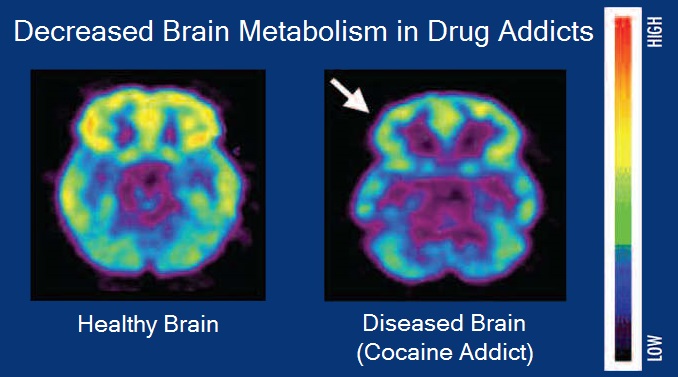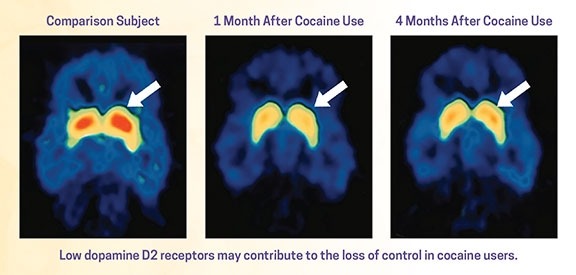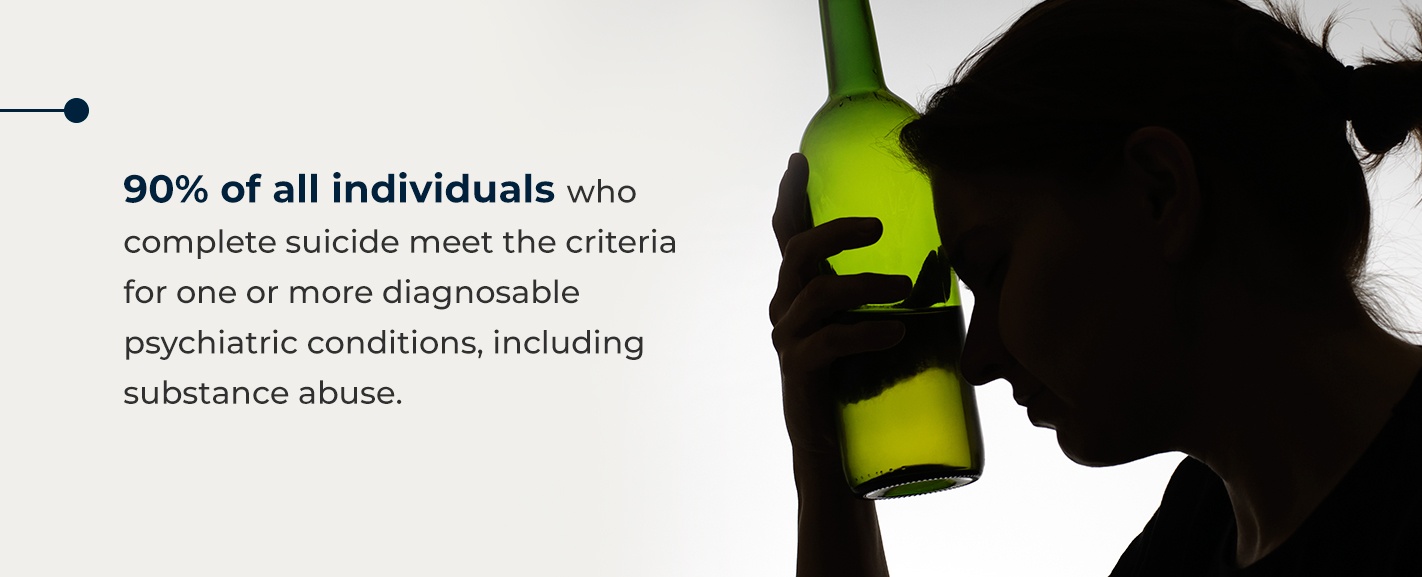

Using drugs can increase paranoid and irrational thoughts, mood swings, and irritability, amongst many other side effects. Although most people who use drugs will not become violent or aggressive, some people can show unusual and unpredictable behaviours.

When a person is intoxicated, or in early stages of withdrawal from a drug, they may not be able to follow directions easily. Aggression is not a common side effect from drugs, but if people do become aggressive this increases the risk of harm to themselves and others. If this is happening to a young person in your care, it is important to protect yourself, and to try to limit the physical harm the young person can do to themselves and others.
If someone becomes violent and aggressive, here are some steps to take:

Try to remain calm, and speak in a calm, clear, and slow voice to the person. Try to avoid emotional or hostile language, which may make the person more aggressive. Say the person’s name, and tell them that you’re there to help. For example, “I can see how upset and angry you are right now, [person’s name]. I don’t mean to upset you, I care about you, and I just want to help you.” Other options include “how can I help you feel safe?”, “your behaviour is scaring me at the moment, and I’d really like to help.”
Use an ‘open’ body stance: arms open, palms up, head lowered.

Give the person some physical space to minimise their feelings of confinement. If possible, remove furniture or objects that the person might use aggressively. Turn down the lights as this may calm them down. Explain what you are doing, e.g., “I am just moving some things out of your way, so that you don’t hurt yourself.”
Give the person time to think and respond. Slow things down as much as possible. When they speak, listen to what they say, and show them you understand e.g., “That must be really upsetting” or “if that happened to me, I’d feel the same way”.
If the behaviour intensifies, give the person a choice to help them feel like they are still in control. For example, “if you continue like this, I’ll have to leave and call the police. But if you calm down, maybe we can find another way to help.”
